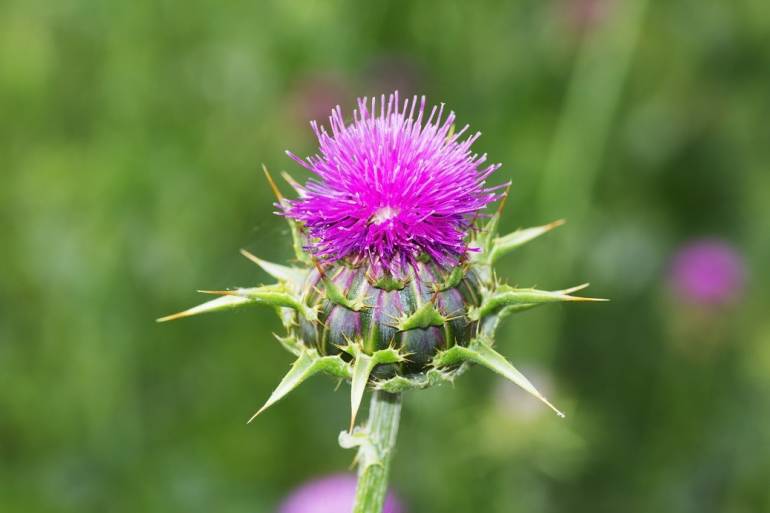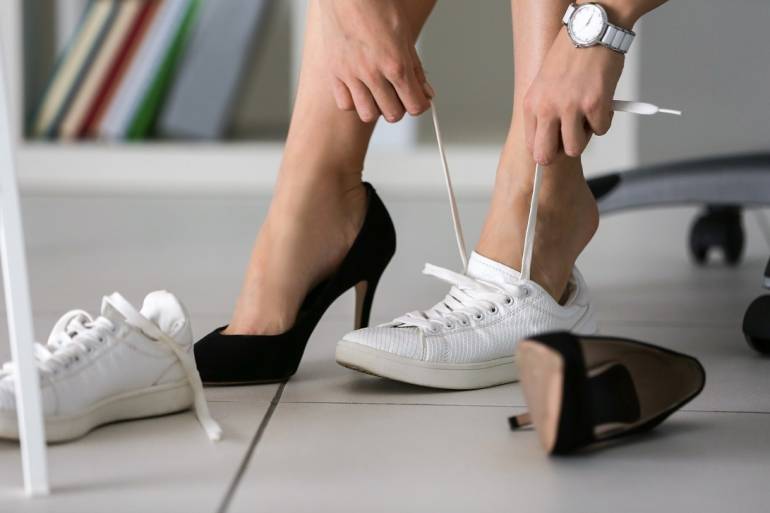Prostate problems are a fairly common problem, especially in men over 50. It is estimated that already about half of fifty-year-old men are struggling with symptoms of prostate hypertrophy, and in men over 80, prostate complaints are already about. 75% of men. What are the most common symptoms of prostatic hypertrophy? How to take care of the prostate? What influences the development of prostate problems?
Male problems, such as prostate problems, although a common ailment, men still treat them as taboo subjects. Despite extensive knowledge about prostate hypertrophy and other conditions of this gland, men are reluctant to face the problem. But fortunately, this is changing.
Where do the symptoms of prostate hypertrophy come from? Causes
The prostate gland (a.k.a. prostate, prostate) is a small gland located just below the bladder. The primary and most important function of the prostate gland is to produce the fluid that is a component of sperm, in which sperm are immersed. This fluid is important for sperm viability and motility, which directly translates into fertility and the ability to conceive a child. The prostate gland surrounds the urethra, so changes in this gland, including its hypertrophy, have a simple translation into the appearance and severity of urinary problems.
As men age, certain changes occur in the male body, one of which is a decrease in testosterone production beginning around age 45 and a change in its structure into dihydrotestosterone. It is these two processes that are considered the primary and most important causes of prostatic hypertrophy. But not only testosterone is responsible for the proper functioning of the prostate. The fact that more and more younger men are being found to have an overgrowth of this gland confirms that a diet rich in fat and cholesterol, being overweight at a young age, lifestyle, smoking and the use of stimulants also contribute to the causes of this process. Knowing this, it is advisable to take preventive measures in advance, and perform the recommended examinations when the time comes.
Prostate growth occurs slowly and does not produce symptoms in the initial stage. The first symptoms are urinary problems resulting from the increasing pressure of the enlarging prostate on the urethra. Initially, a man may also experience increasing discomfort and sexual dysfunction (decreased libido, erection problems). Problems with the onset of urination become noticeable, there is a feeling of incomplete emptying of the bladder, urination after a drop, in a broken stream. It can happen to let go after leaving the toilet. It is then said to be benign prostatic hyperplasia. Already at this stage it is worth including preventive measures.
How to prevent prostate growth?
Prevention and measures implemented at the first symptoms of prostate hypertrophy help manage the problem.
Regular examinations: PSA, per rectum, abdominal ultrasound
Starting at the age of 40, every man should undergo preventive examinations for prostate lesions at least once a year. The basis is an examination of the prostate gland by a urologist performed per rectum (through the anus). When prostate hypertrophy is suspected, the doctor will usually also order an abdominal ultrasound. In further diagnosis, there is also likely to be a need for a laboratory test, in which the level of PSA – prostate-specific antigen – is determined. An increase in this indicator is a warning sign and an indication for deeper diagnostics. After the age of 45, all men should routinely perform this test every year.
Prostate supplements and medications
Prophylactically and at the first symptoms of prostate problems, it is worth using dietary supplements based on natural plant extracts that stimulate the proper functioning of the prostate, such as Prosterol FIX in the form of herbs for brewing, which supports the functioning of the urinary tract and prostate thanks to corn and nettle extracts. For benign prostatic hyperplasia, it is worthwhile to reach for an over-the-counter prostate medication that supports the treatment of this condition and helps maintain the normal functioning of the genitourinary system, such as Poldanen with African plum bark extract.
Diet, physical activity, lifestyle changes
Like the use of prostate medications, maintaining a healthy lifestyle and a proper diet are important elements in both the prevention and treatment of prostate disorders. Regular physical activity, eliminating alcohol, quitting smoking and a healthy diet are important not only in preventing prostate problems.
Fatty meat, milk and milk products should be excluded from the menu, and more vegetable products and oily sea fish should be included. Vegetables, fruits and vegetable oils (especially pumpkin seed oil) are beneficial for the condition of the prostate gland. It is worth drinking herbal teas, such as those made from nettle or sabal palm fruit.







